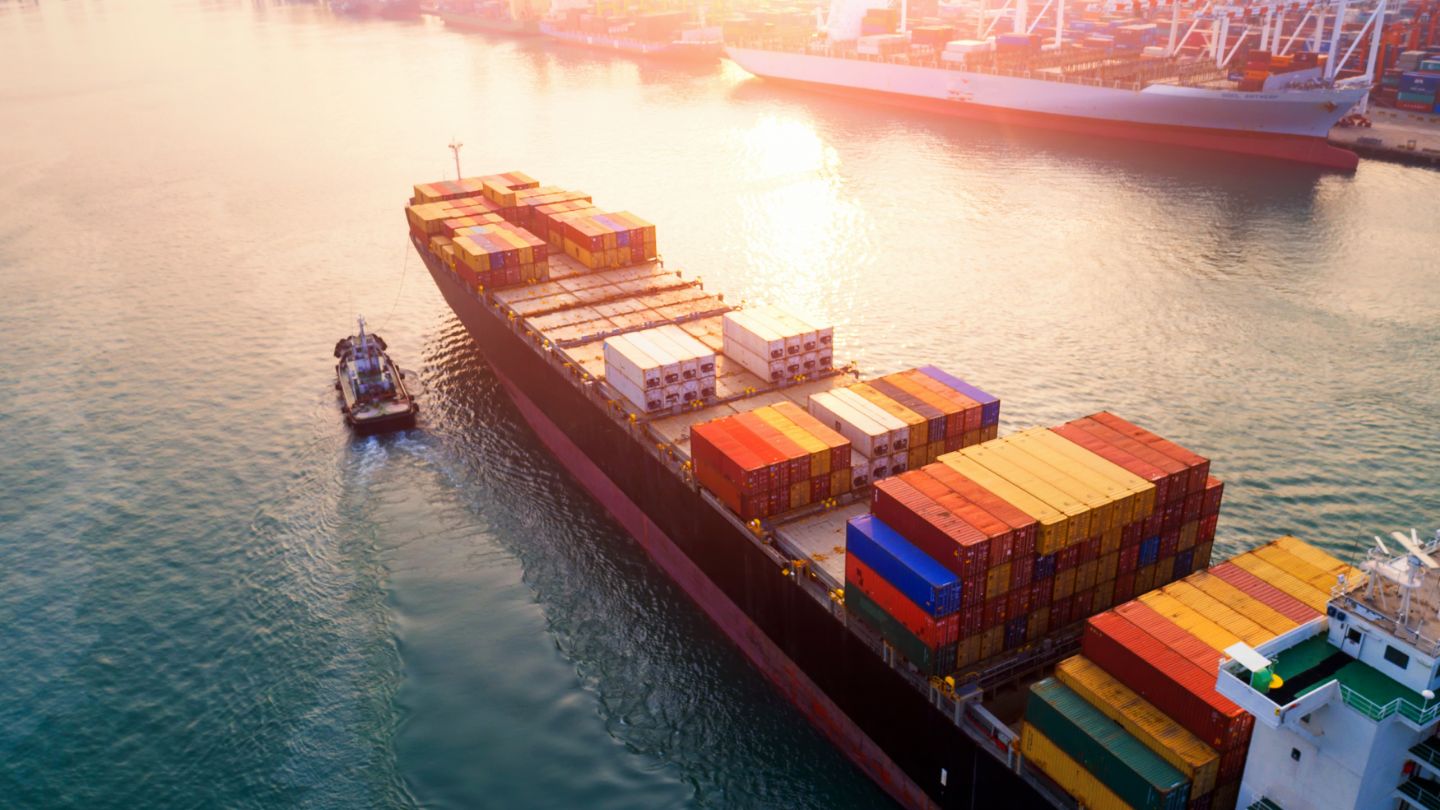SEEMP: ARE YOU PREPARED?
24 August 2018
Lucion Marine’s Services Director, Kevan O’Neill, reminds ship owners and operators to prepare now for new fuel consumption requirements, which will come into effect from the start of 2019.
The Ship Energy Efficiency Management Plan (SEEMP) Part II will be used to gather important information on fuel emissions, playing a crucial role in helping the marine industry reduce levels of CO2 and deliver cost savings among other benefits. The move is an operational measure designed to establish a mechanism to improve the energy efficiency of a ship in a cost-effective manner, while also offering an approach to aid marine operators to better manage ship and fleet efficiency performance over time through a mandatory management tool.
The guidance on the development of the SEEMP covers new and existing ships and incorporates best practices for fuel-efficient ship operations, as well as guidelines for the voluntary use of the Energy Efficiency Operational Index (EEOI). This enables the fuel efficiency of a ship to be measured and to gauge the effect of any changes in operation - for example, improved voyage planning or more frequent propeller cleaning, or the introduction of new technical measures, such as waste heat recovery systems or a new propeller.
The regulation places the onus on owners and operators to contemplate new technologies and practices when considering ways to optimise vessel efficiency and performance. However, while the Plan is not due to come into effect until 1 January 2019, vessel owners and operators should provide by way of good practice, details to a Recognised Organisation (RO) of their choice on or before 1 September 2018, explaining how they intend to comply. This will ensure the smooth implementation of the IMO DCS (Data Collection System) and avoid any backlog that could hamper or delay the capture and reporting of a ship’s data.
Regulation 22A of MARPOL Annex VI forms the first part of the IMO’s three-step approach to reducing greenhouse emissions, laying down requirements for a ship operator to record and report their fuel oil consumption. The data is then analysed by the IMO, followed by measures to cut emissions.
New Regulation
Under the new Regulation, ships of 5,000 gross tonnage and over, including private and commercial yachts, are required to amend their SEEMP to include a description of the methodology that will be used to record and report fuel consumption. This should form a separate ‘Part II’ of the SEEMP, which must be approved. Many ship registries are passing on this task to ROs together with a request that submissions of the SEEMP Part II are made prior to 1 September 2018 to ensure approval is granted ahead of the first data recording period. No documentation needs to be sent but the SEEMP and any data collected may be viewed as part of a vessel’s general inspection.
In order to be approved, the SEEMP must be developed in accordance with the ‘2016 Guidelines for the Development of a Ship Energy Efficiency Management Plan’. A sample approval is contained within MEPC.1/Circ.876 and this must be retained onboard. Following this, ships must report their annualised fuel consumption data to the relevant RO, with the first reporting period starting during the 2019 calendar year. The RO will then verify the data and submit it to IMO’s Fuel Oil Consumption Database. The important deadlines are as follows:
- 1 September 2018 - Date for early submission of SEEMP Part II for approval, as requested by IOMSR
- 1 January 2019 - Data collection commences for first reporting period (2019 calendar year)
- 31 March 2020 - Ships to submit data to RO for first reporting period (2019 calendar year)
- 31 May 2020 (latest) - RO to issue Statement of Compliance (SoC) within two months of receiving data
- 30 June 2020 (latest) - RO to submit data to IMO within one month of issuing SoC
Will SEEMP reduce emissions?
It’s been argued that the SEEMP lacks crucial features found in typical management system standards, such as requirements on policy and management reviews. Moreover, best-practice in the form of the ISO 50001 addresses issues such as monitoring, energy auditing, design, and procurement processes among other aspects in much more detail.
Others estimate that while the SEEMP will not directly lead to a reduction in emissions, increased awareness of costs and other reduction potentials will continue to contribute to fuel savings of between 5 - 10% from 2015 onwards. What’s clear is that the SEEMP will initiate monitoring and target setting as well as the examination of concrete measures to be implemented for each vessel. This has to be seen as a welcome step - additional awareness of the potential savings can only drive an increase in the uptake of new energy-saving measures.
Action
Owners and operators of ships are being urged to act now by starting to consider the means for collecting the fuel oil consumption data that is most appropriate for each of their ships and then update the SEEMPs of their ships to reflect this process. They should submit each SEEMP Part II to their RO for approval as soon as possible. Once the first reporting period ends (i.e. calendar year 2019), ships will then use the annual reporting templates to submit their annual data.
To assist clients with the practical application of the IMO DCS regulation and the relevant EU scheme (MRV), there is a wealth of guidance on the EU MRV regulation and the IMO DCS for shipowners and operators provided by organisations such as Lloyd’s Register, who have prepared guidance to ensure compliance.
Further Reading
What is SEEMP:
Can SEEMP reduce emissions:
https://www.tandfonline.com/doi/full/10.1080/03088839.2012.757373?scroll=top&needAccess=true
https://safety4sea.com/dnv-impact-of-eedi-and-seemp/
VPO Article coverage of SEEMP
https://vpoglobal.com/2018/06/27/iom-publishes-notice-on-imo-emissions-monitoring-scheme/
Details of the SEEMP Requirements and Deadlines:
https://www.iomshipregistry.com/media/1849/005-18-imo-emissions-monitoring-scheme.pdf
Example of SEEMP Part 2 confirmation of compliance form:
Details of the SEEMP legal requirements - Official Document:
What do Ship Owners need to now?:


 NexGen
NexGen









